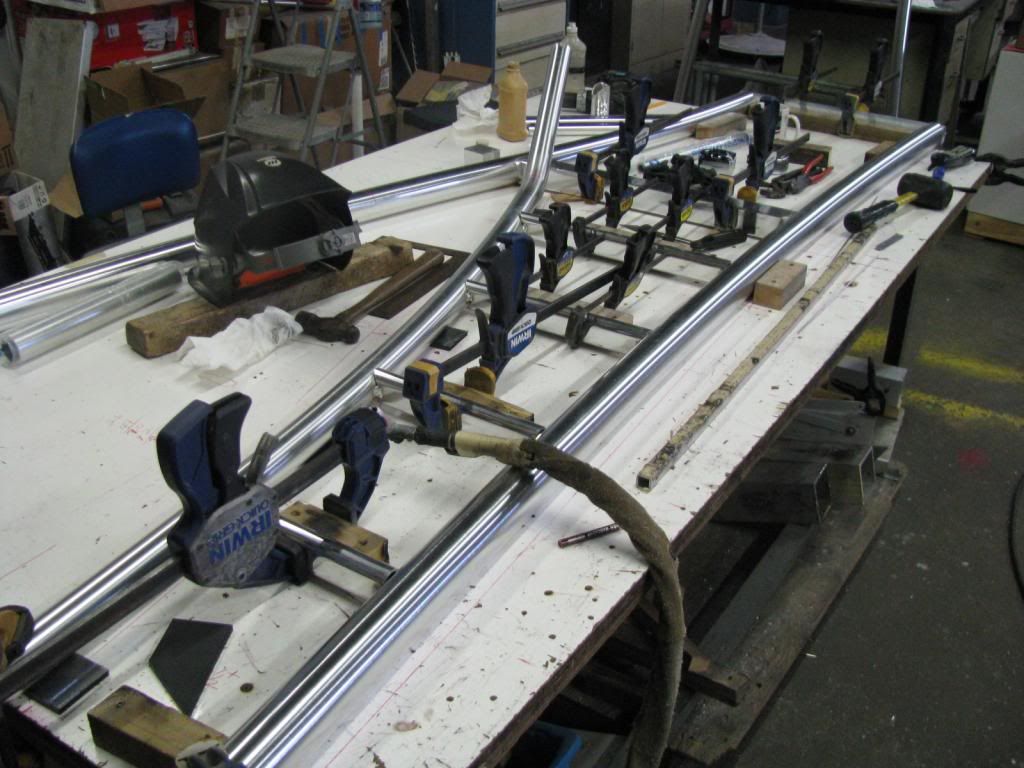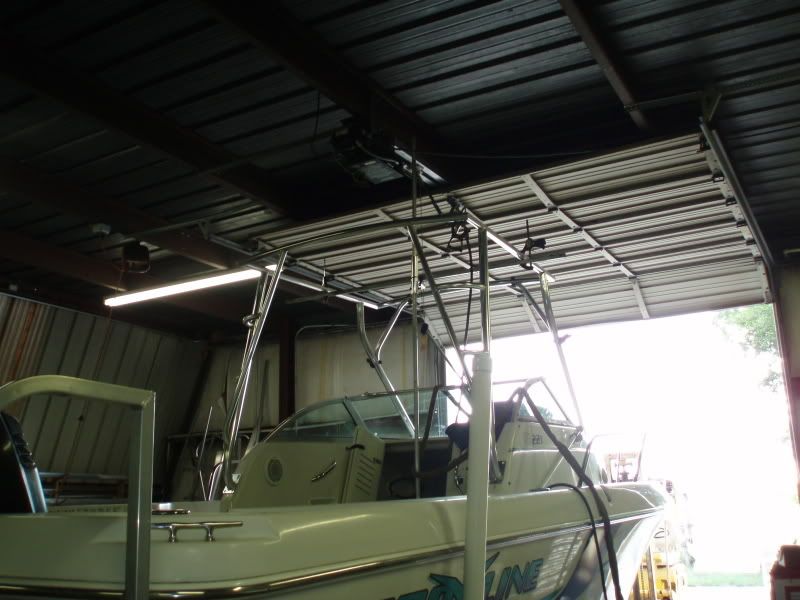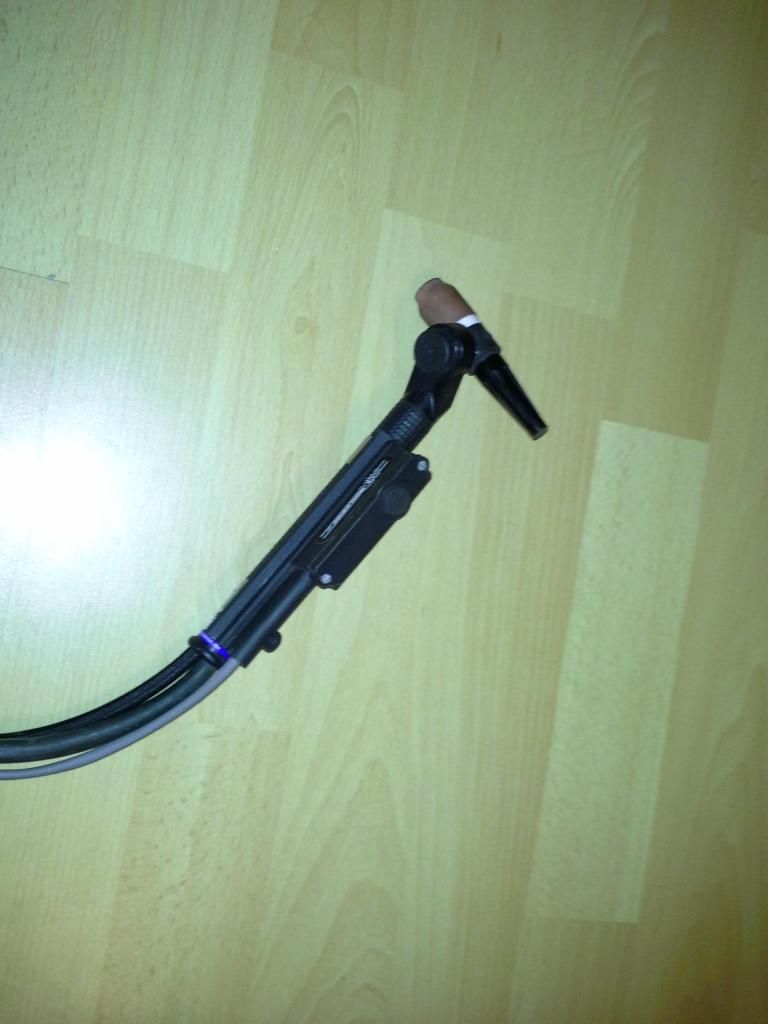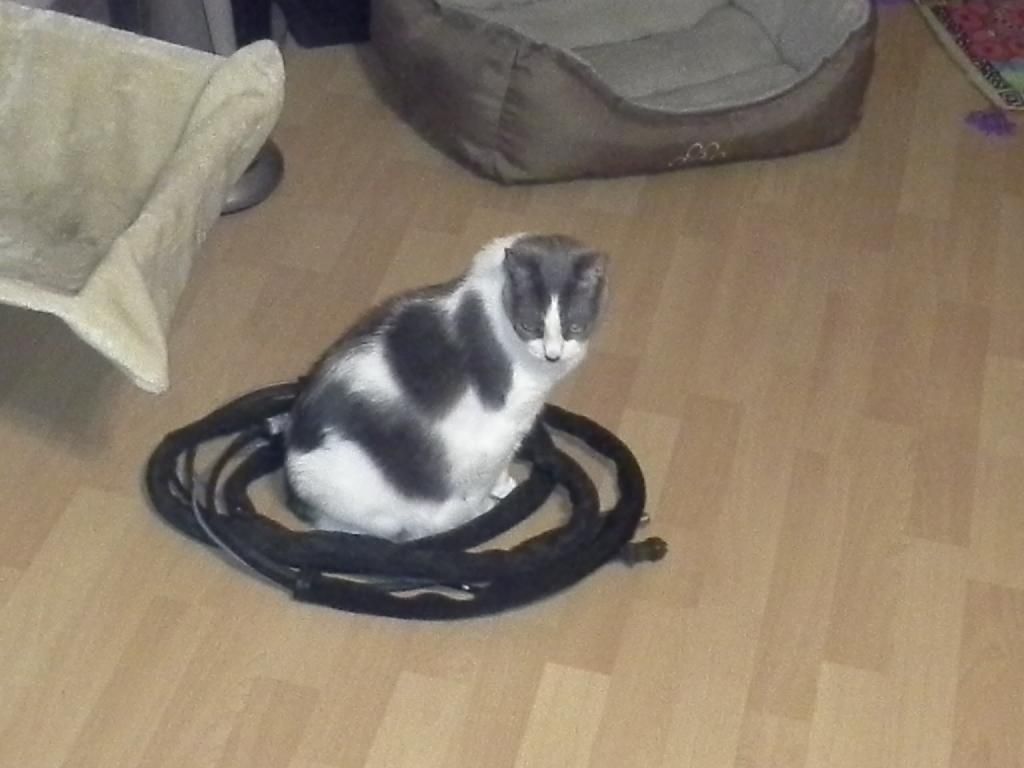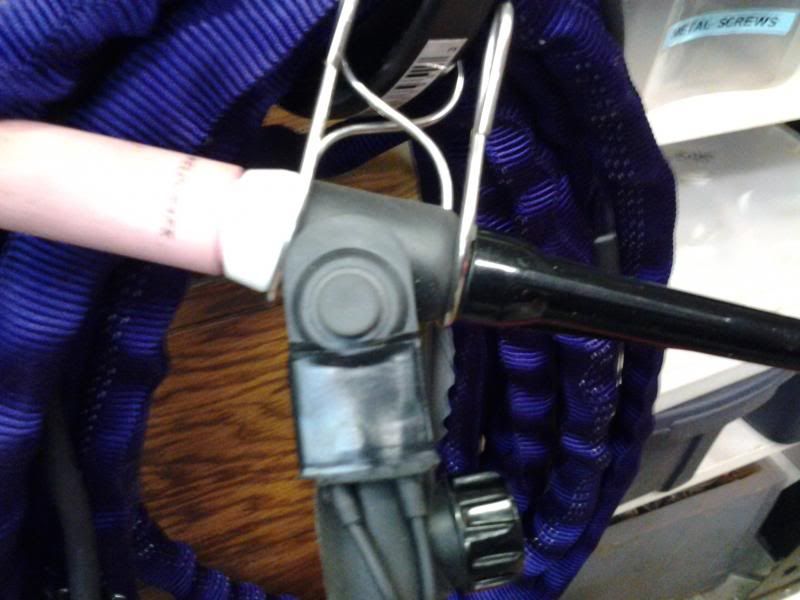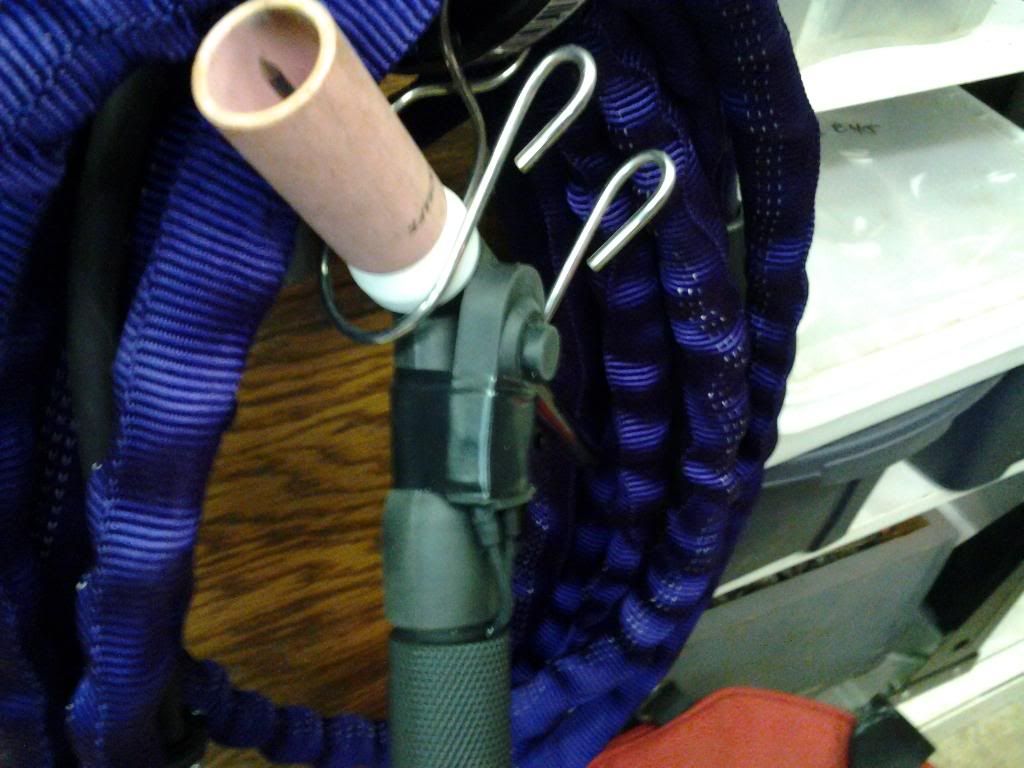I used to use switches similar to these, masking taped right to the side of the torch without issue. What's great about these types is that they're a hair trigger, so you don't have to press hard on it, which is important if you have to pulse with it. Currently, I have a switch supplied by Miller that I have had on my torch for 12 years.

Been welding like this well over 20 years. Had a forum member stop by the shop and he tried it and welded a decent pass on anodized his first try. Regular masking tape will not melt and leave goo on your parts when getting into tight spots. This is the miller switch.
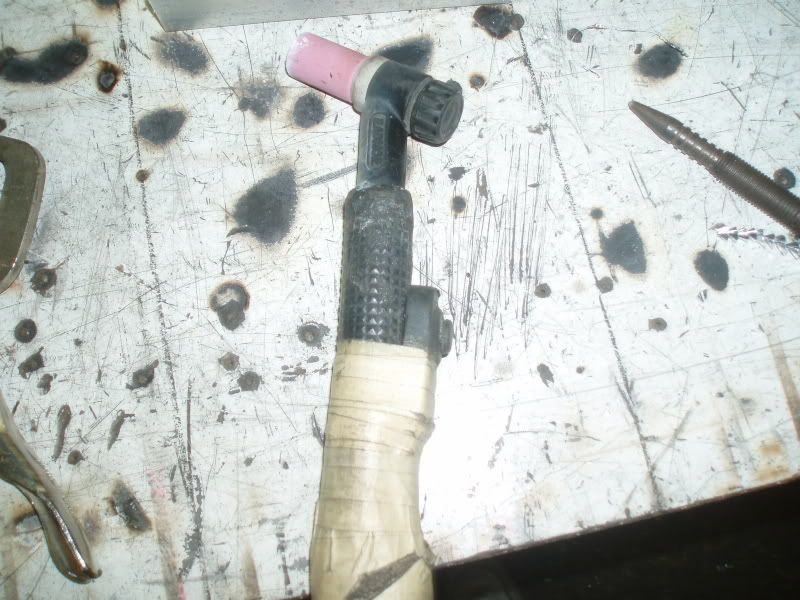
For tacking a lot of parts, the setup can't be beat IMO. Can you imagine having to drag a pedal around all of this? I work at a piecework pace. I cannot be caught shuffling around. If you ever heard one of these projects going together at the fitup stage, the difference in tack speed compared to pedaling is quite obvious. 250 amps AC, triple stacked tacks at each point will not crack.
